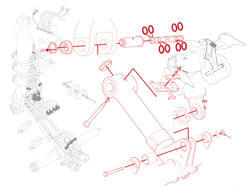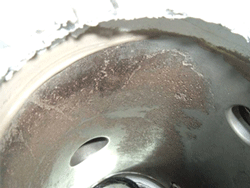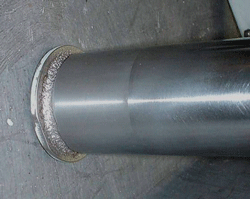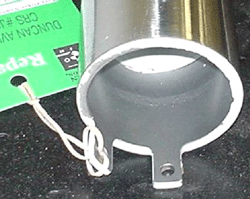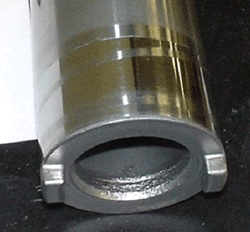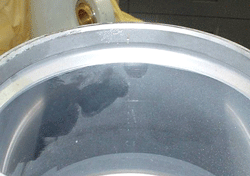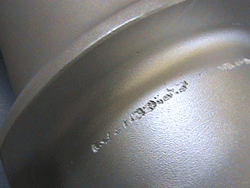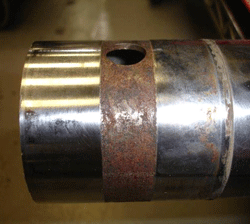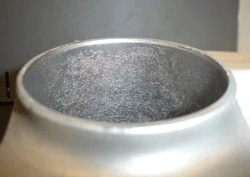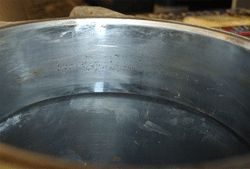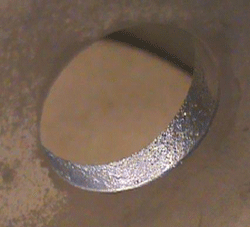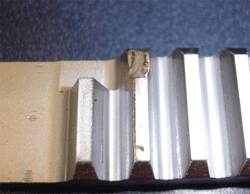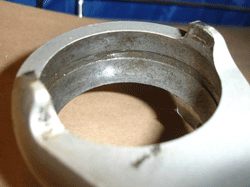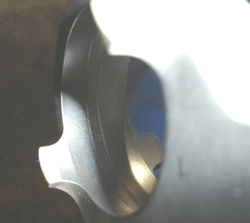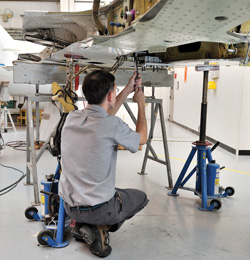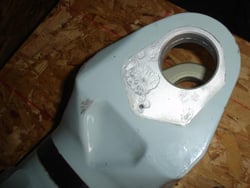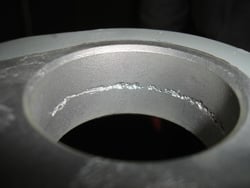Contributed by Jerry Cable, Accessory Tech Rep.
Duncan Aviation has landing capabilities that will cut your expenses and downtime not found at other aircraft landing gear shops.
Most definitely. Yes.
Landing gear overhauls, inspections and restorations are sometimes called a commodity service. Any shop that has received an OEM Maintenance Manual and follows FAA standards is free to advertise that it can inspect and overhaul aircraft landing gear. The FAA states "a thorough inspection of the landing gear involves the entire structure of the gear, including attachments, struts, wheels, brakes, actuating mechanisms for retractable gears, gear hydraulic system and valves, gear doors, and all associated parts. The manufacturer’s inspection procedures should be followed where applicable."
But not all landing gear service is equal. There are many additional service and capability requirements related to landing gear maintenance that can cut expenses and downtime that can’t be found at every aircraft landing gear shop.
The landing gear is a behind-the-scenes inspection, most often scheduled alongside, but taking a backseat to, a major airframe inspection. However, it can have a huge impact on the entire project’s schedule if the landing gear restoration runs into major squawks. You will want to use a shop that has invested heavily in the landing gear customer and understands full well the impact a landing gear overhaul or inspection has on an airframe inspection. After all, an aircraft can’t go anywhere without its legs.
Controlling Costs
At Duncan Aviation, we take several extra steps that help reduce costs. For example, on select inspections and restorations, we ask customers to leave the harness and brake pipes on the gear when removing it from the aircraft. By leaving the gear intact, this will save customers approximately 35 labor hours when removing and installing the gear. Duncan Aviation has also established some special pricing programs that help provide assurance to customers through pricing controls. These are just a sampling of the above-and-beyond landing gear available at Duncan Aviation.
Feel free to reach out and contact Duncan Aviation's landing gear experts. We will address the most common questions and concerns that customers ask us daily regarding landing gear work.
- How much will it cost?
- How long with the inspection take?
- What about corrosion removal?
Jerry Cable is an Accessories Tech Rep located at Duncan Aviation’s Lincoln, Nebr., facility. He is a landing gear and accessory components and systems specialist. His aviation career began in 1991.


